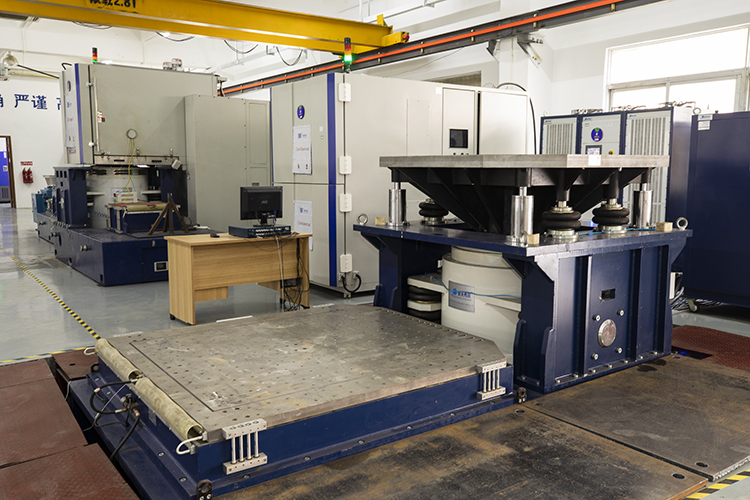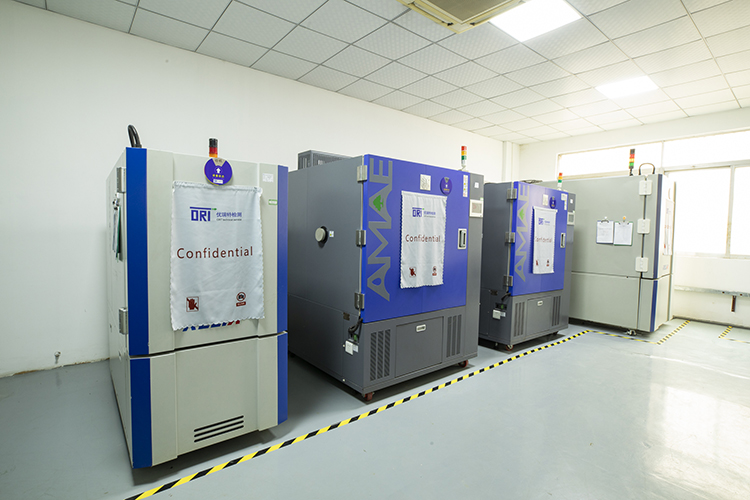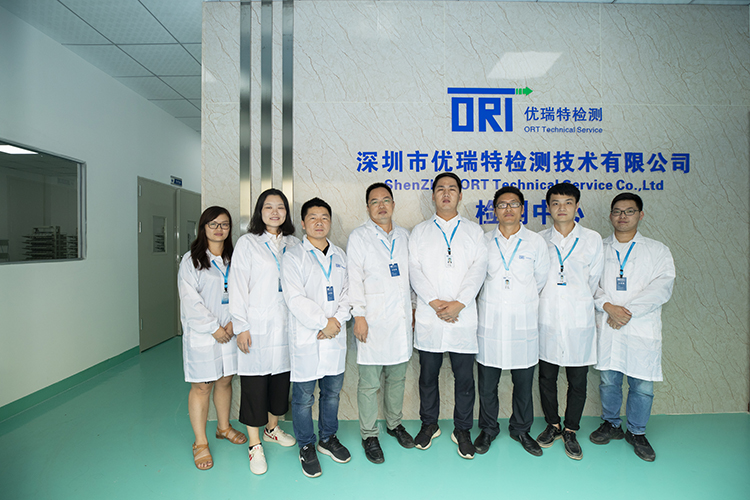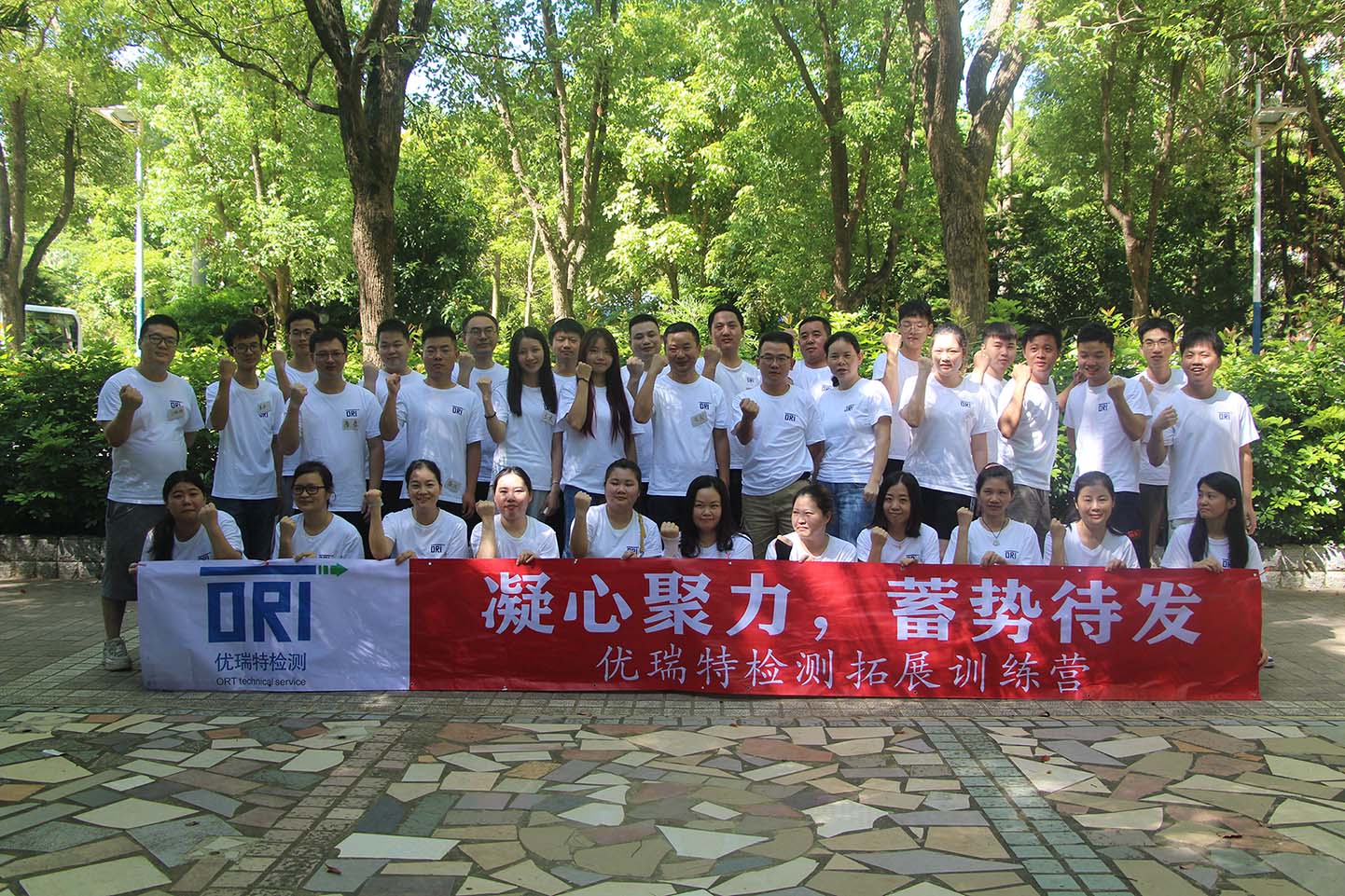1、 What is reliability?
Reliability: The ability of a product or system to complete specified functions under specified conditions and within a specified time is called reliability, also known as reliability or durability.
The elements of reliability definition are three 'regulations': 'prescribed conditions', 'prescribed time', and 'prescribed functions'.
The 'specified conditions' include the environmental and working conditions during use. For example, the reliability performance of a car of the same model is not the same when driving on highways or rough mountain roads. To discuss the reliability of a product, it is necessary to specify the specified conditions.
The 'specified time' refers to the task time specified by the product. As the product task time increases, the probability of product failure will increase, while the reliability of the product will decrease. Therefore, discussing product reliability cannot be separated from the specified task time. For example, the probability of a car malfunctioning is significantly lower when it first leaves the factory compared to when it has been in use for 5 years.
'Prescribed functions' refer to the functions and technical indicators that a product must possess. The number of required product functions and the level of its technical indicators directly affect the level of product reliability indicators. For example, the main functions of an electric fan include rotating blades, shaking the head, and timing. Whether the specified functions are all required, or whether only the rotating blades are needed to rotate and blow, the reliability indicators obtained vary greatly.


2、 What is reliability testing?
Reliability test: A general term for various tests conducted to understand, evaluate, analyze, and improve the reliability of a product.
3、 Why choose Yourit testing?
1. Experienced technical team
2. Professional testing equipment and venue
3. Wide coverage of detection capabilities
4. Strong technical support capabilities, including tooling design, experimental scheme design, technical training, rectification, etc.
5. Numerous successful cooperation cases


4、 What are reliability tests available? How are reliability tests classified?
According to the purpose of testing, it is mainly divided into reliability engineering testing and reliability statistical testing,
1. Reliability engineering tests mainly include reliability development tests, reliability growth tests, and environmental stress screening tests. Their main purpose is to stimulate defects, that is, to discover various defects in product design, components, components, raw materials, and processes, and take measures to improve and eliminate them, in order to improve reliability.
Among them, reliability development testing is mainly applied in the early stage of research and development, with the aim of discovering product design defects and improving the inherent reliability of the product;
Reliability growth testing is usually applied in the middle and later stages of research and development to discover product design defects and increase product reliability to specified standards;
Environmental stress screening tests are usually applied in the production stage to detect and eliminate early faults.
2. Reliability statistical test: mainly including reliability identification test and reliability acceptance test, their main purpose is to verify indicators, that is, confirm whether they meet the requirements of reliability quantitative indicators, such as MTBF, service life, etc.
Among them, reliability appraisal testing is mainly applied in the later stage of research and development before finalization, with the purpose of evaluating whether the product reliability level meets the design requirements;
The reliability acceptance test is mainly applied in the production stage to evaluate whether the reliability level of the product after production meets the requirements.
MTBF: Mean Time Between Failures, also known as 'Mean Time Between Failures' in English. It is a reliability indicator that measures a product (especially an electrical product), measured in hours. Specifically, it refers to the average working time between two adjacent faults, also known as the average fault interval. It is applicable to repairable products, and also stipulates that the ratio of the cumulative working time of the product during the total usage phase to the number of failures is MTBF. For example, disk array products generally have an MTBF of no less than 50000 hours.
Service life: The period during which a product maintains its safe working ability under the conditions specified by the designer or manufacturer is called its service life. This includes the time required for necessary repairs and maintenance. The product has exceeded its service life and is no longer safe to continue using, with some potential accidents. For example, the service life of a car is generally 15 years.
5、 What is the difference between environmental testing and reliability testing?
Environmental testing is more focused on verifying the design objectives of products, mainly in terms of transportation, storage, and work environments. However, environmental testing can only say that the product can work in specific environments and does not necessarily indicate its ability to work continuously under specific conditions for a long time. In other words, environmental testing cannot tell us the reliability level of the product.